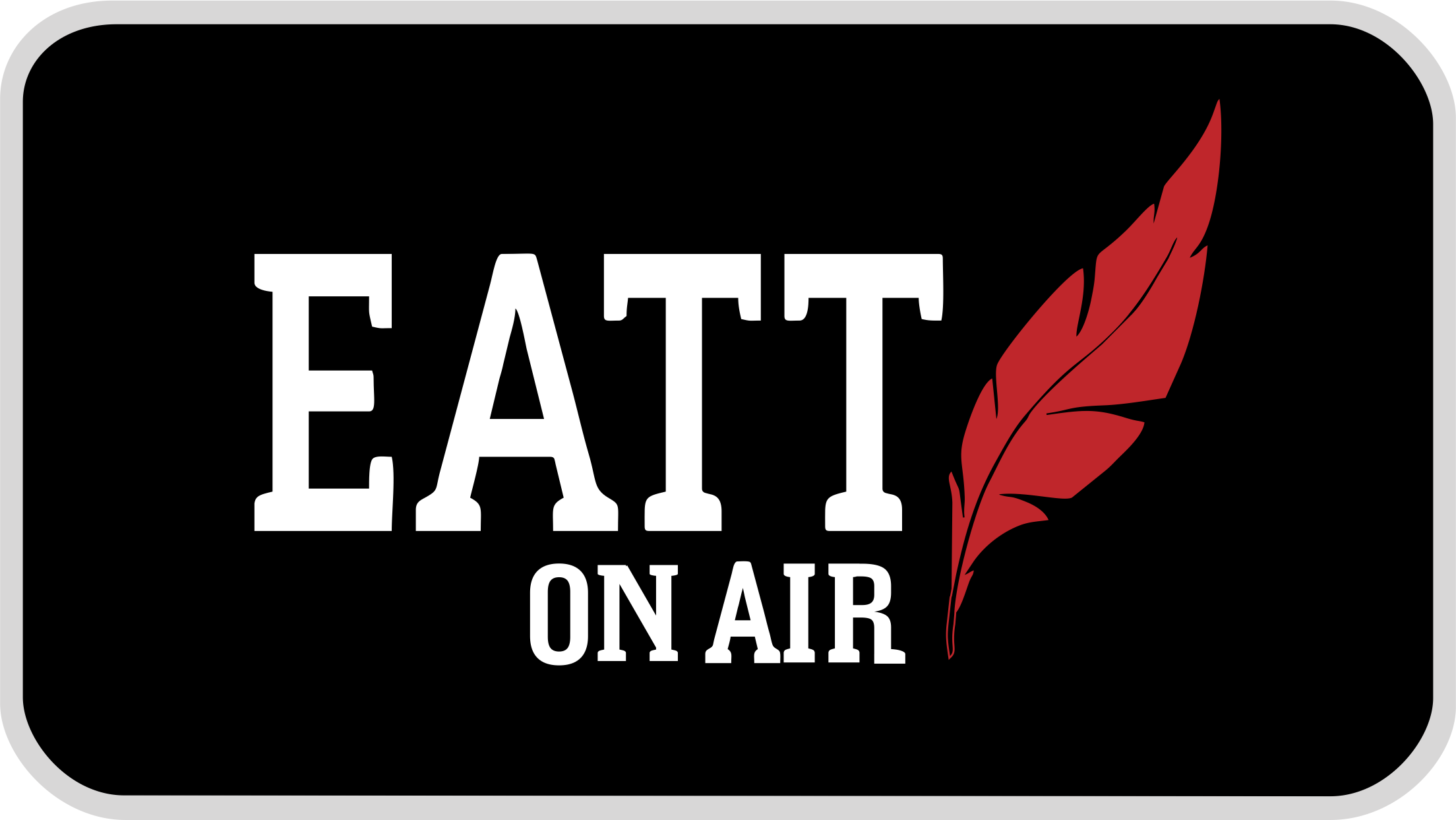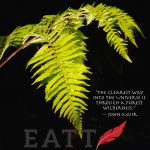Australian Aboriginal Stories
Podcast: Play in new window | Download
Subscribe: Apple Podcasts | Android | RSS
Australian Aboriginal Stories in the National Museum
Australian Aboriginal stories are firmly entwined with the sea.
View images direct from iTunes for this story
https://eattmag.com/_4lO2t7fZzSa1/stories-of-aboriginal-and-torres-strait-islanders/
EORA FIRST PEOPLE EXHIBITION PRECIOUS WORKS OF ABORIGINAL AND TORRES STRAIT ISLANDER CULTURE
Eora means ‘first people’ in the language of the Darug, traditional owners of the land the Australia National Maritime Museum now stands on. Join us with Beau James for an interpretive description of some of these precious works. The EORA First People Exhibition takes us on a journey from Tasmania to Far North Queensland and the Torres Strait, exploring this deep connection through art and adornments.
EORA First People Exhibition works
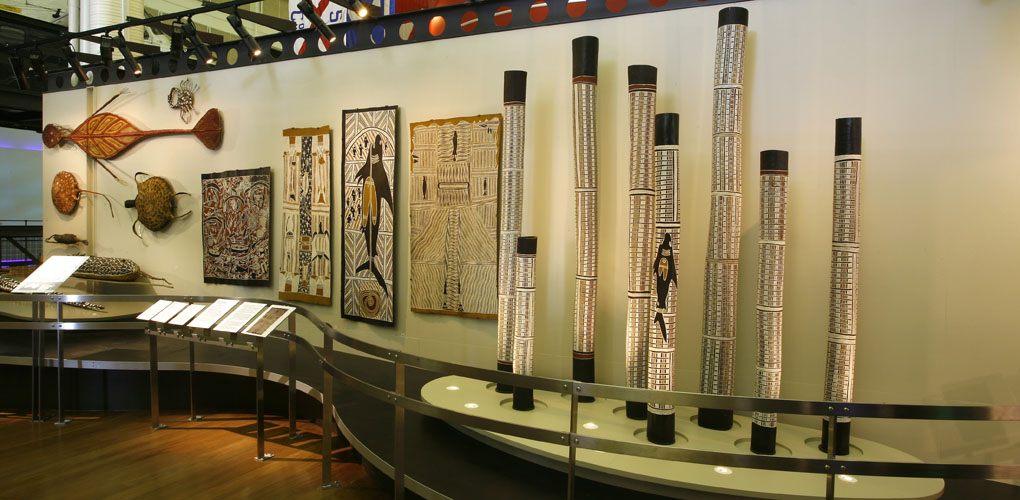
EORA First People Exhibition works include:
Elaborately carved and painted Pukumani burial poles from the Tiwi people.
Hollow log coffins decorated with the story of Mäna, the shark. Following a funeral ceremony still practiced today, the bones of the deceased are placed in the top of the log coffin.
Ceremonial sculptures and handwoven works from Arnhem Land and Cape York.
Delicate shell work from Tasmania.
Spectacular headdresses, body ornaments and dance machines of the Torres Strait.
A SPECIAL FEATURE:
SALTWATER – YIRRKALA BARK PAINTINGS OF SEA COUNTRY
This series of paintings explains the spiritual and legal basis of the Yolngu’s claim on the Saltwater Country of north-east Arnhem Land. The stories were painted to teach the Balander (stranger or white people) about the lore and law of the Yolngu people. The collection is a record of sacred lore based on the wisdom of thousands of lifetimes.
“They represent a social history; an encyclopedia of the environment; a place; a site; a season; a being; a song; a dance; a ritual; an ancestral story and a personal history.”
– Djon Mundine, OAM, Aboriginal curator, on the Saltwater paintings.
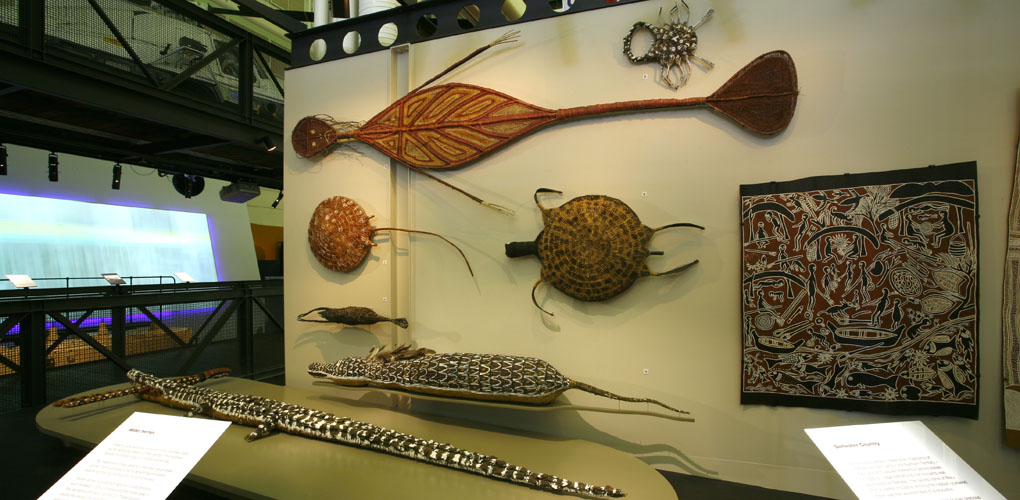
The EORA FIRST PEOPLE EXHIBITION is a small sample from over 4000 pieces from the local people that include
Burial poles from northeast that were placed around a burial site.
Hollow log coffins with intricate designs and totems.
Saltwater barks created by local elders sharing the stories of poachers and showing secrecy designs.
Beau shares the intricate stories with us of how the barks portrayed the person they are and who they are related to within some of the barks.
The 80 barks were also used to help prove their connection to the land and the bark paintings were used in a court case to help claim sea rights for the local people from that country.
Bark gathering is hard work, and then the bark is used and worked to have a vibrancy that shares the connection to the country, and many are preserved over time at the gallery.
The waters around give story and meaning, and the fibres used also include spinifex.
Stories emerged from looking out into the area and observing the local animals including the stingray as that area could be someone’s totem, and therefore this area is someone’s responsibility to look after the nests of that area as they could become the voice of that country and the voice of that nesting area.
Saltwater or freshwater people
Precious objects were carefully around the grave to help with the journey into the next life, and then bags could be placed on or near totem poles so that a person’s story and connection are taking them to the other side and so there is definite a connection on the journey into the next life.
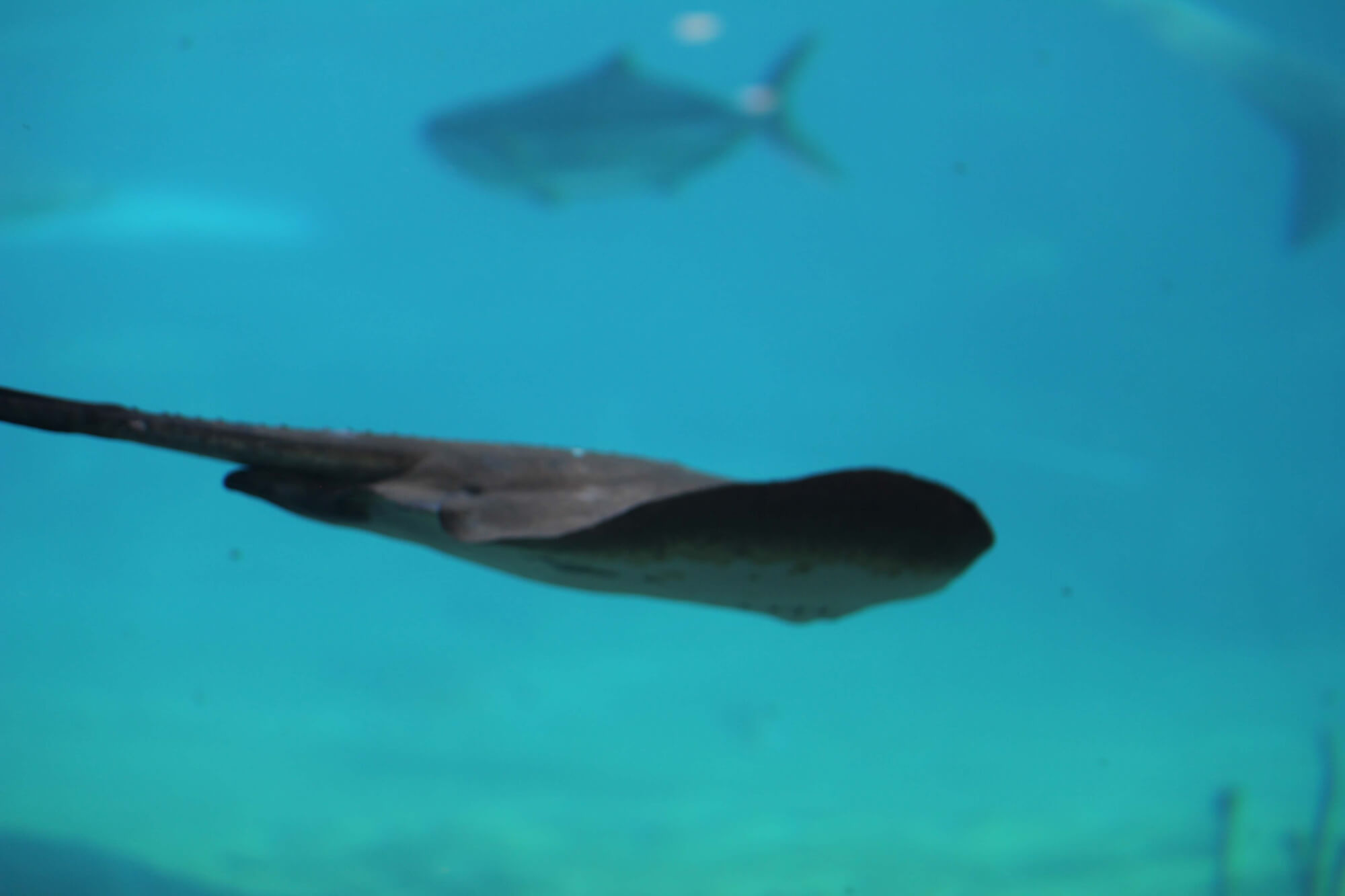 Aboriginal stories online about the saltwater people – Stingray Image by Cullen
Aboriginal stories online about the saltwater people – Stingray Image by CullenThe Tasmanian section
Massacres wiped out many people in Tasmania, and the seaweed baskets and the shell necklaces are an essential part of the collection from this country.
Baskets from this collection were also used to carry clams and oysters, and Eel traps were utilised along with sardine scoops.
More details can be found on the website below.
WARNING: This website may contain the names, images and artworks of deceased people which may cause sadness or distress to Aboriginal and Torres Strait Islander People.
http://www.anmm.gov.au/Whats-On/Exhibitions/Permanent/Eora-First-People
Plan your visit opening hours
Every Day 9:30 am – 5:00 pm
Extended to 6:00 pm in January
Last boarding time for Submarine and Tall Ships – 4.10pm
Closed Christmas Day 25 December.
Address 2 Murray Street
Darling Harbour
Sydney NSW 2000, AU
Find out what’s on http://www.anmm.gov.au/whats-on/events
Thank you for joining us for our Stories of Aboriginal and Torres Strait Islanders, more podcasts from Sydney can be found here
https://eattmag.com/_4lO2t7fZzSa1/sydneys-secrets-lost-in-a-shining-palace/
https://eattmag.com/_4lO2t7fZzSa1/sydney-exhibit/
